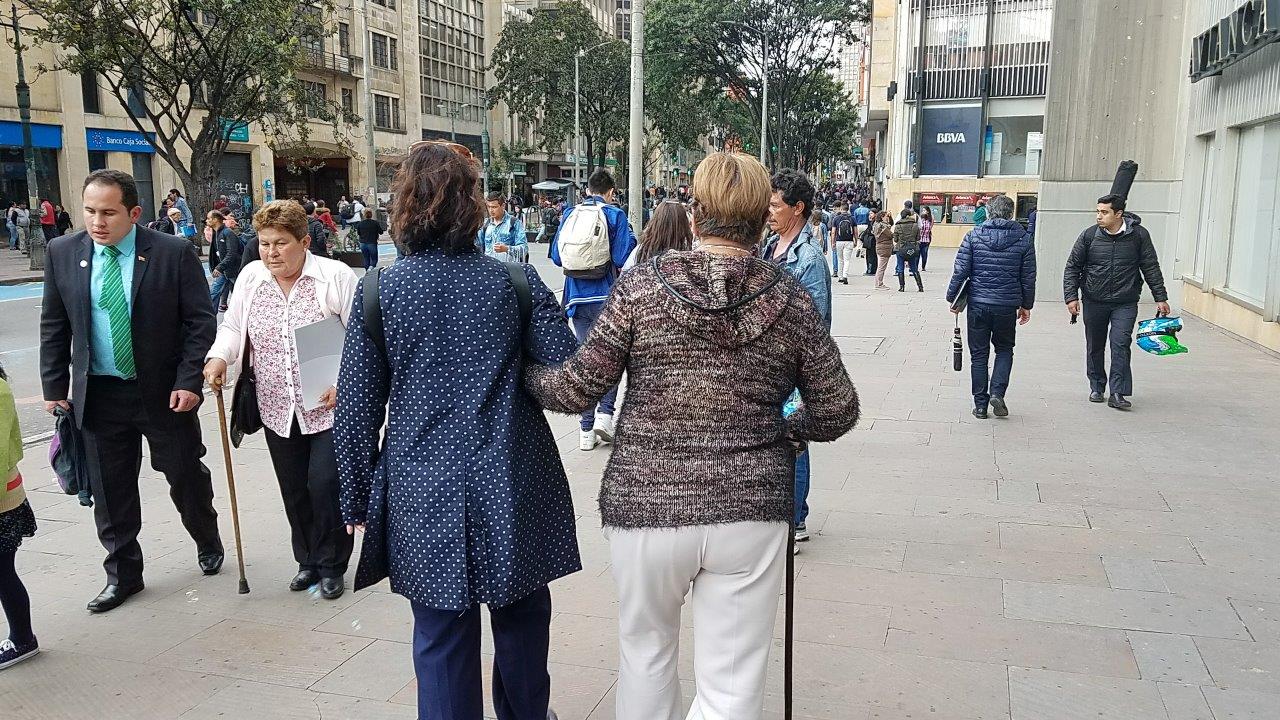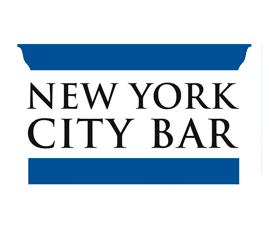Ever happen to you? You enter the lobby of your building and make eye contact with an older woman sitting in the lobby. She sits there, apparently alone and does not seem to be expecting a visitor. Two days later, you see her again. And then, she is gone. Two weeks later, you see her again, but this time she is not so well groomed; she is still alone and does not appear to be waiting for anyone. Who is this lady in the lobby?
This could be a scene taken from any lobby in a New York residential building. Older New Yorkers occupying the lobby chairs, seemingly without purpose, but an essential part of their daily routine. What happens when older New Yorkers “age-in-place” — in your building’s lobby? Why does this happen? Am I correct in thinking that it is happening more and more often? Is there anything that can be done to discourage the practice? Can’t the coop board or condo board do anything to help this person? Why doesn’t someone do something about it?
The aging population in New York is growing at a faster pace than any other population. New York is hospitable to the elderly – transportation is easily accessible and New York affords access to other essentials, including health care and activities such as reduced rate entertainment. But, often family members are far away or absent, and you are left to deal with the lady in the lobby.
This series of articles explores the legal challenges of the New York real estate industry as an ever-increasing number of New Yorkers “age-in-place.”
- Dementia and decline
- Guardianship and the courts
- Owner responsibility
- Financing maintenance and repayment of accumulated building debt
- Owner rights and elder law
- Mediation and long distance relatives
Contributor: Mira Weiss, Esq.








